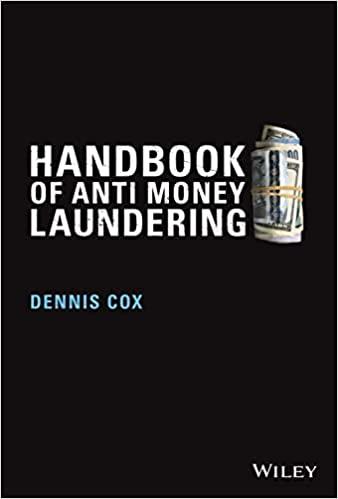Question
3 Capital Taxation [5 points] Consider a model in which individuals live for two periods and have Cobb-Douglas utility functions of the form U(C 1
3 Capital Taxation [5 points]
Consider a model in which individuals live for two periods and have Cobb-Douglas utility
functions of the form U(C1,C2) = C1a C21-a where a = 0.5. They earn income of $1,000 in the
first period and save S to finance consumption in the second period. The interest rate, r, is 5%.
a) Set up the individual's lifetime utility maximization problem. Solve for the optimal C1,
C2, and S. (Hint: Rewrite C2 in terms of income, C1, and r.) [1 point]
b). Draw a graph showing the opportunity set. [0.5 points]
c) The government imposes a 20% tax on labor income. Solve for the new optimal levels of
C1, C2, and S. [0.5 points]
d) Draw the new graph under the 20% tax on labor income. Explain any differences between
the new level of savings and the level. What can you say about the income and substitution
effects? [1 point]
e) Instead of the labor income tax, the government imposes a 20% tax on interest income.
Solve for the new optimal levels of C1, C2, and S. (Hint: What is the new after-tax
interest rate?) [0.5 points]
f) Draw the new graph under the 20% tax on interest income. Explain any differences
between the new level of savings and the level compared to the no-tax scenario, paying
attention to any income and substitution effects. [1 point]
g) Returning to the labor income tax in part (a): What consumption tax rate would result
in the same effects as the 20% labor income tax rate? [0.5 point]
Step by Step Solution
There are 3 Steps involved in it
Step: 1

Get Instant Access to Expert-Tailored Solutions
See step-by-step solutions with expert insights and AI powered tools for academic success
Step: 2

Step: 3

Ace Your Homework with AI
Get the answers you need in no time with our AI-driven, step-by-step assistance
Get Started


